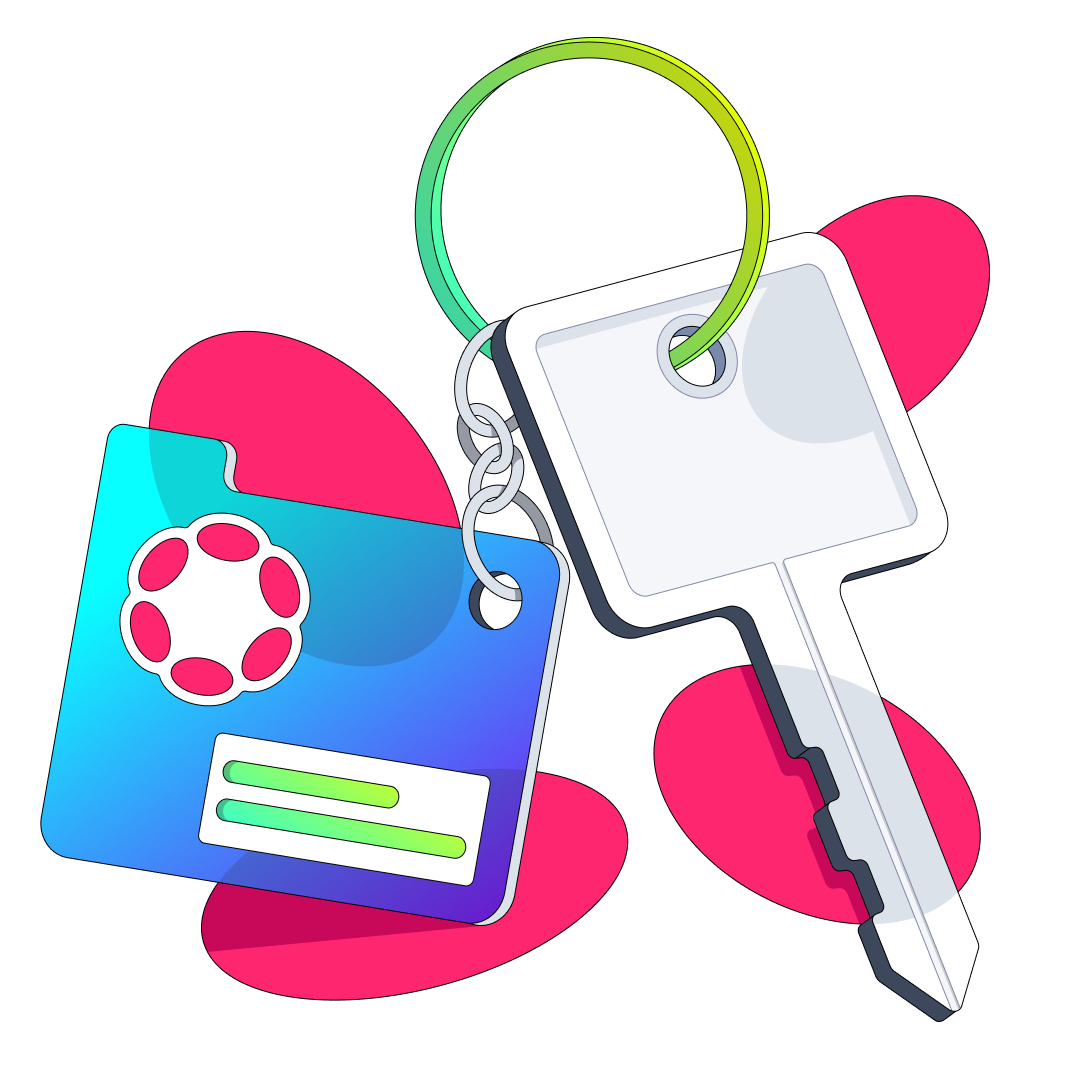The Polkadot (DOT 4.70%) cryptocurrency is a lot like the internet, but for blockchain systems. Polkadot's bundle of blockchains and support systems help developers tap into many different cryptocurrencies and blockchains, using the best features of each digital resource. Data and crypto-based money can flow back and forth between the linked systems, like information flows across the internet.
If this sounds like an exciting platform, we're on the same page. Polkadot is poised to go mainstream in a big way, as the official blockchain solution of the Web3 Foundation. The social media era of the internet is getting long in the tooth, and Polkadot-based alternatives could shake things up. As a reminder, the Web3 project uses blockchains, strong encryption, and edge computing to deliver and manage online content. It's all about strict privacy and more personal control over your online life.
Why is Polkadot the right solution for this monumental task? I could talk all day about this stuff, but let's cut to the chase instead. Here are the three most exciting qualities Polkadot brings to the table.

CRYPTO: DOT
Key Data Points
Polkadot is about to get ridiculously fast
Polkadot is already a very fast blockchain system. It has to be, in order to exchange information with some of the quickest blockchain-based programming tools on the market.
But it's growing even faster in 2025. By the end of the year, the Polkadot community will implement the "elastic scaling" feature, which lets programmers run number-crunching apps on high-powered server hardware. The scaling feature manages computing time in a flexible and potentially very powerful way.
The community has tried out this approach on the Kusama (KSM 2.05%) network -- a digital playground where Polkadot's upcoming upgrades are designed and tested. The trial run in December 2024 used 23 of the 100 computing cores on the Kusama network, and processed more than 143,000 transactions per second.
To put that burst of activity in perspective, the global Visa (V 0.11%) payment system maxes out at 65,000 transactions per second. And it used less than one-quarter of Polkadot's testing network -- not the full power of the production-grade Polkadot platform. In other words, Polkadot will soon be able to handle truly epic workloads.

Image source: Getty Images.
From blockchain to brain: Meet the JAM upgrade
And those workloads will be incredibly flexible, too. The core of Polkadot's code processing system will soon be replaced by the JAM chain (join-accumulate machine), which works like a full-fledged virtual machine. It's like having a fully programmable supercomputer on the blockchain, accessible from anywhere in the world and protected by Polkadot's advanced security features.
Polkadot co-founder Gavin Wood has been showing off the classic 3-D game Doom running on a demo version of JAM, powered just by his personal laptop. It's a Web3 programmer's dream, especially together with the high-performance elastic scaling upgrade. The launch has been pushed back a couple of times and it may happen again, but I expect JAM to go live by the end of 2025.

CRYPTO: KSM
Key Data Points
Predictable pricing: Because nobody likes fee shock
Finally, Polkadot users and developers will only pay for the computing resources they actually use. The pricing is flexible but also transparent, with no nasty surprises.
This is a direct result of Gavin Wood having co-founded the Ethereum (ETH 3.07%) cryptocurrency, too. Ethereum's transaction fees have been known to surge to downright unaffordable prices when the network is under heavy use, like during the launch of popular non-fungible tokens (NFTs). Having seen these effects up close and personal, Wood took extra steps to avoid sudden fee spikes in the Polkadot design. And yes, you can launch NFTs on Polkadot.
That's another developer-friendly feature that should make Polkadot popular for creating and running the Web3 apps of the future. The predictable fees are already in place, to be followed by the JAM and elastic scaling upgrades in the second half of 2025. I'm just scraping the surface of Polkadot's ambitious technical upgrades here. If you find these features impressive, I encourage you to take a deeper dive into the Polkadot platform.
I'm sure you'll see plenty of Polkadot-based apps over the next couple of years, as the developer community embraces and uses the improved toolkit. And Polkadot builds coin holder value through real-world use, collecting a tiny fee for each transaction. The coin may not soar overnight, but the value-building effects should speed up next year. With JAM and elastic scaling under their belts, I can't wait to see how Web3 programmers use these game-changing tools.







